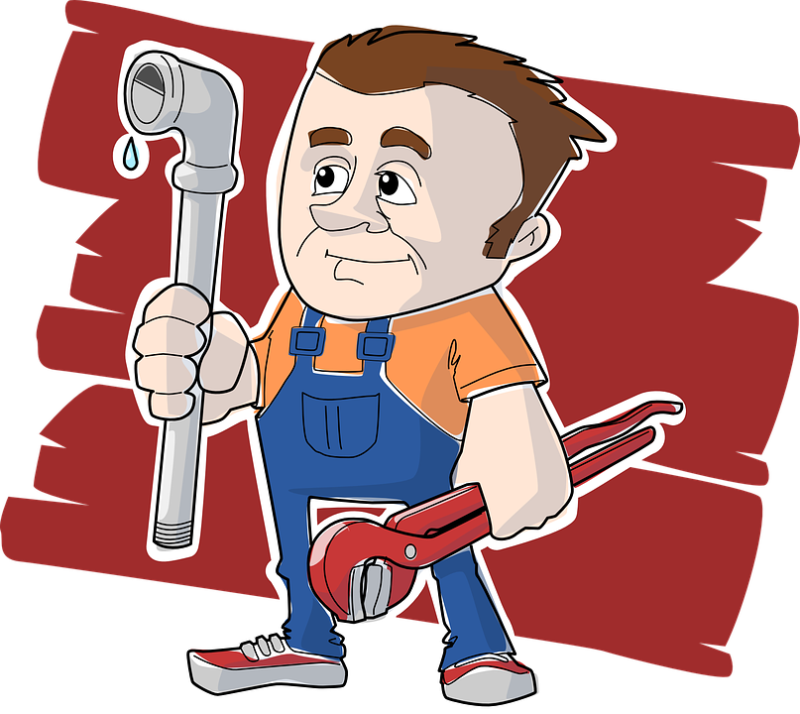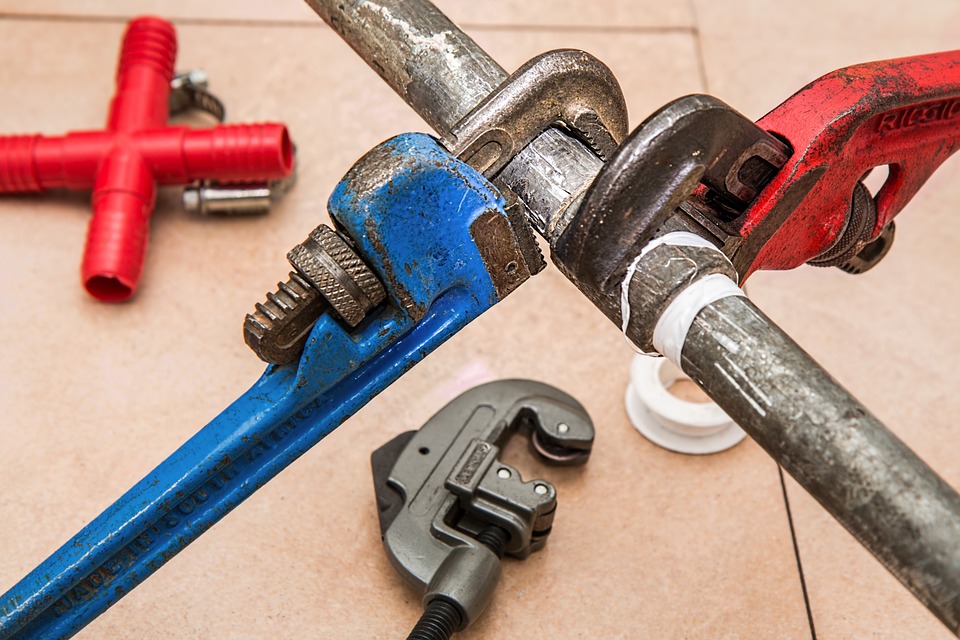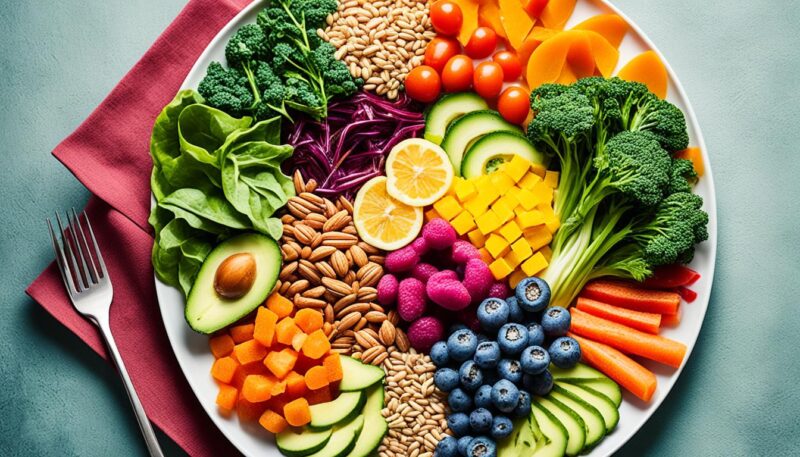Protect the Environment, Fix the Pipes ,Have you ever driven past a sign for a Water Pollution Control Plant and wondered what goes on there? Have you ever flushed the toilet, and paused to ask yourself what happens to that water?
Without proper treatment, human sewage – poo, pee, toilet paper, etc. – is serious water pollution. The germs make people and animals sick. The nutrients cause algae blooms that choke the life out of rivers and streams. The sewer pipes that connect your home to the local sewage treatment facility or water pollution control plant are a very important part of America’s pollution prevention plan.
And until recently, this part of society’s pollution control program worked great! Between the early 1970s to mid 1990s, American cities built or expanded thousands of sewage treatment plants all across the country – and scientists recorded steady drops in the amount of pollution they found in streams, lakes, and rivers.
Today, the trend is moving in the wrong direction and one of the reasons
is that the sewage treatment systems we built many decades ago are not up  to the job anymore and they are falling apart, too. Today, reports of sewage spills from ruptured pipes or overloaded treatment plants are all too common. In many cases, the population has grown faster than the maintenance budget, and the repairs for pipes and treatment plants has fallen further and further behind with each passing year.
to the job anymore and they are falling apart, too. Today, reports of sewage spills from ruptured pipes or overloaded treatment plants are all too common. In many cases, the population has grown faster than the maintenance budget, and the repairs for pipes and treatment plants has fallen further and further behind with each passing year.
Failing sewage systems are one of the leading reasons that the Natural Resource Defense Council reported that there were 20,341 days of closed beaches in the United States in 2008. The closures ruin family vacations, but at least families have the option to stay out of the water.
For the dolphins, crabs, and fish, it’s a health menace they can’t avoid. In the Washington, DC metro area, sewage spills contribute to the water pollution that has decimated the seafood industry in the Chesapeake Bay.
What would it take to turn this around?
A lot. The Associated General Contractors of America reports that it would take between $400 and $600 billion dollars over the next 20 years. That’s billion with a «b.» That’s the cost to ensure that future generations enjoy the same access to clean water in their homes and in their waterways that we take for granted today.
Experts debate who should foot the bill – do water utilities charge the rate payers, does Uncle Sam charge the taxpayer, or do private businesses take over the system and charge their customers? And while the experts debate, the repair bills mount and the systems become ever more decrepit.
However we look at it, it comes down to this: When it comes to sewage treatment and clean, safe water, we are all in this together. Most Americans flush their toilets upstream of somebody’s water supply and turn on their kitchen faucet downstream of somebody else’s sewage treatment plant. By putting off the day when we get serious about our water pollution investment needs, we run an ever greater risk of handing our children a world of polluted, dangerous water, rare and unsafe seafood, and scarce wildlife.












